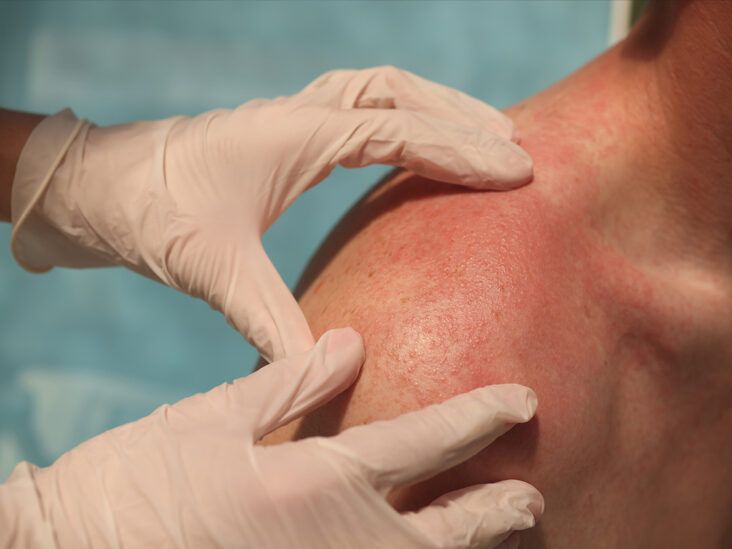Consult a professional about skin cancer risks and prevention methods.
Consult a professional about skin cancer risks and prevention methods.
Blog Article
Browsing Skin Cancer Therapy: The Crucial Duty of Mohs in Modern Dermatology Practices
Skin cancer, a difficult medical diagnosis, typically leaves patients grappling with various therapy options. As we check out the details of this procedure, one will certainly value its pivotal function in skin cancer cells therapy.
Understanding Skin Cancer Cells: Kinds and Risks
There are three primary types of skin cancer cells: Basic cell cancer, Squamous cell cancer, and Melanoma. It accounts for only about 1% of skin cancer situations yet creates the substantial bulk of skin cancer deaths. Risk variables consist of fair skin, history of sunburn, extreme sun direct exposure, living at high elevations or close to the equator, having numerous moles, a family background of skin cancer cells, and deteriorated immune system.
What Is Mohs Surgery and How It's Revolutionizing Skin Cancer Cells Treatment
Despite the various therapies currently offered for skin cancer cells, Mohs surgical procedure stands out as a groundbreaking and highly efficient remedy. Named after Frederic E. Mohs, the doctor that created the procedure, Mohs surgery is an exact medical technique utilized to deal with skin cancer cells. This level of accuracy, incorporated with the ability to spare as much healthy tissue as possible, is changing skin cancer cells therapy.
The Benefits of Mohs Surgical Procedure Over Traditional Skin Cancer Therapies
Structure on the cutting-edge nature of Mohs surgical procedure, it's vital to consider its many advantages over standard skin cancer cells therapies. Unlike common treatments, Mohs provides a higher remedy rate, typically reaching 99% for first-time therapies and 94% for recurring cancers cells. This precision is due to its unique strategy of gradually eliminating and analyzing tissue layers till only cancer-free cells remain (dermatologist). In addition, it lessens damage to healthy and balanced skin, causing less scarring and boosted cosmetic outcomes. Mohs additionally offers immediate outcomes, eliminating the anxiety-ridden delay typical with other techniques. Lastly, it's cost-effective, as the surgical procedure and microscopic exam occur concurrently, removing the requirement for additional research laboratory services. Hence, Mohs represents a considerable development in skin-related methods.
The Treatment of Mohs Surgery: What to Expect During the Refine

Possible Adverse Effects and Post-Operative Care of Mohs Surgery
Undertaking Mohs surgical procedure, like any kind of various other medical treatment, includes potential side results that clients need to know. Common adverse effects consist of pain, bruising, and swelling at the surgical treatment website. These are typically momentary and convenient with over-the-counter pain medication and ice packs. In unusual situations, individuals might experience infection, blood loss, or an allergy to the anesthetic. Post-operative care is important to recovery and here are the findings decreasing negative effects. This generally includes keeping the wound clean and dry, taking proposed drugs, and staying clear of strenuous activities. Clients must also attend all follow-up consultations for wound treatment and surveillance. In many cases, additional therapies might be essential to ensure complete elimination of the malignant cells. Sticking to these post-operative treatment guidelines can significantly improve recovery and outcomes.
Final thought

Report this page